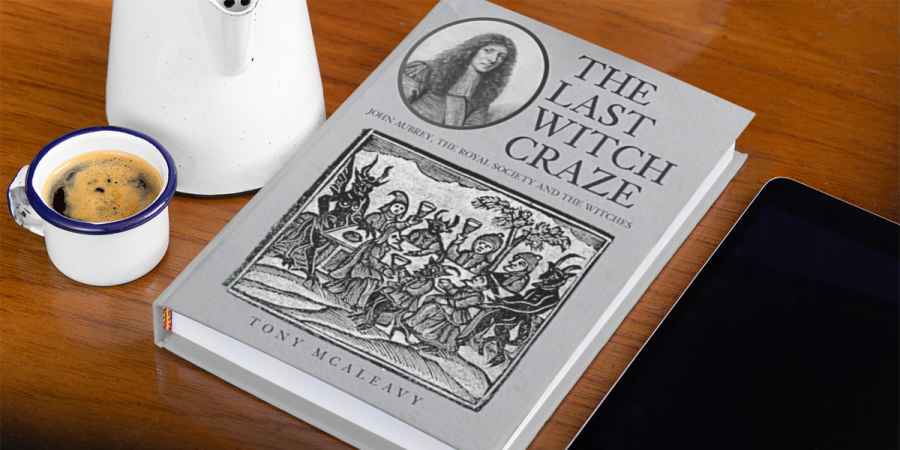Witchcraft, Modern-Day Witches & Wicca
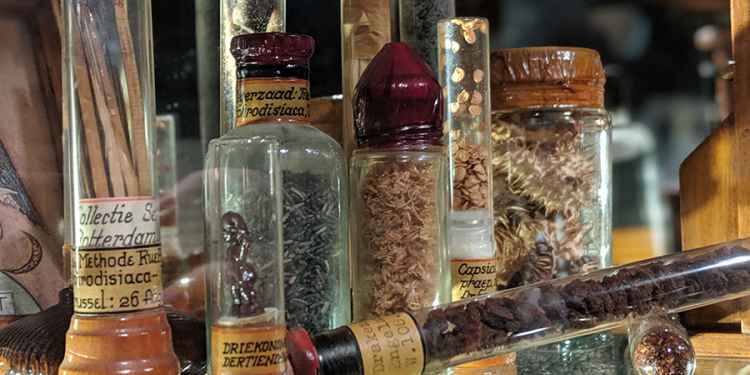
To some a witch is the embodiment of evil capable of acting out the worst deeds of humanity from cursing to cannibalism, grave robbing to pacts with the Devil. To others, the witch is the haggard, old lady - the outsider in society.
While some would say that witched existed in a very specific point in history, there are others that know witchcraft lives on to this day and understand what it really means to be a witch. Historically witches have been the victim, the scapegoat of a patriarchal society.
Witches have been portrayed in popular culture in every way imaginable. In film and fiction, witches have been depicted as a powerful enchantress, a playful person who enlivens boring suburban existence or a figure of true terror and malevolence, a child murderer, one with psychic abilities such as the Blair Witch.
Away from pop culture and amongst those more spiritual, a witch is often described as a goddess, a child of nature, attuned to the seasons and in touch with the old ways of our ancestors. She is a wise woman, who can be a beautiful, powerful being. As a positive image of womanhood who rejects male values and follows her own path she has sometimes been misunderstood.
Cecil Williamson , the founder of the Museum of Witchcraft and Magic in Boscastle, Cornwall Museum, described what he thinks a witch is, "the human skull is the symbol of death. For the witch death holds a strange fascination. Each and every one of wis born to die, but is death a final end to life? The witch says no. For she knows that 'there are other places and other things.' Her whole life and being is devoted to the ever present but unseen world of the spirit. To the witch, the spirit world is a reality, a living thing. To her everything has a spirit, a soul, a personality, be it animal, mineral or vegetable."
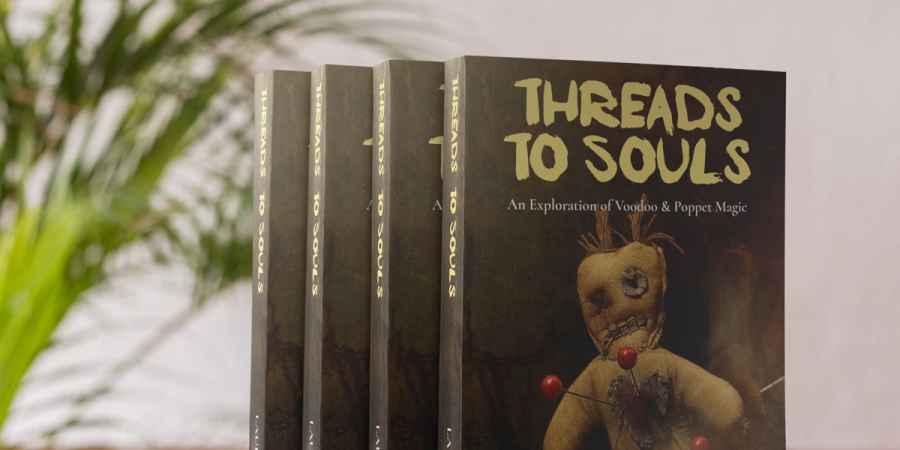
WitchcraftAugust 11, 2023
Learn Voodoo & Poppet Magic In New Book 'Threads To Souls'
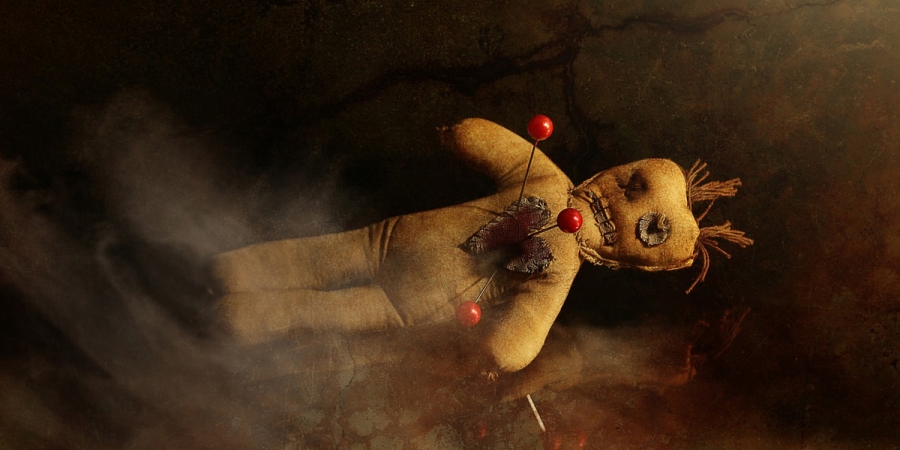
WitchcraftJuly 19, 2023
How To Make A Voodoo Doll: A Guide To Poppet Magic
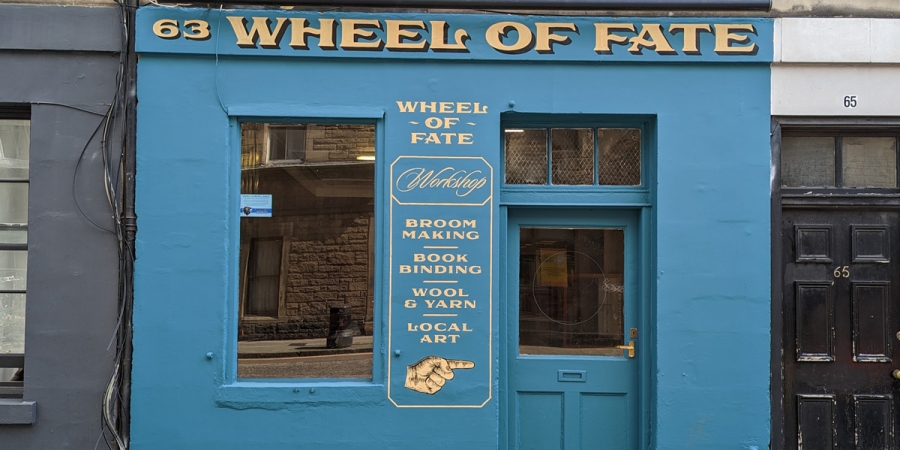
WitchcraftJune 02, 2023
New Witch Craft Store Set To Open In The Heart Of Edinburgh
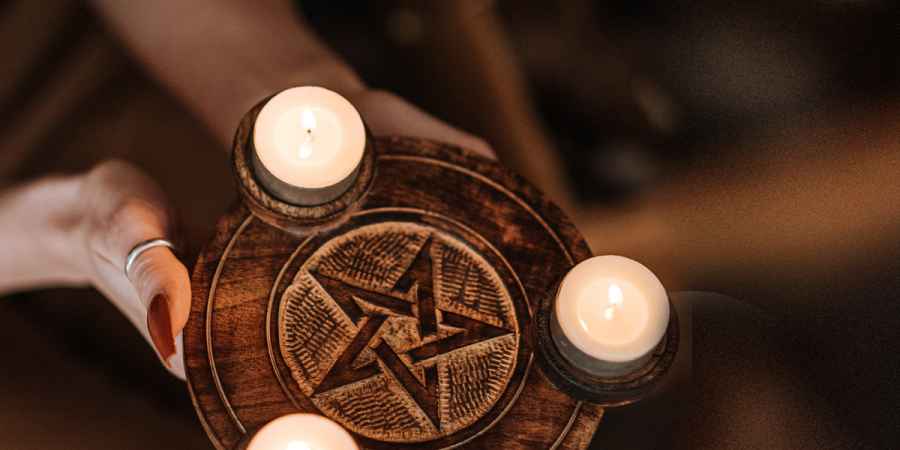
WitchcraftApril 25, 2023
Stop Blaming Witches For Hauntings

WitchcraftOctober 27, 2022
Witchcraft Expert Malcolm Gaskill Breaks Down Famous Witches in Films & TV
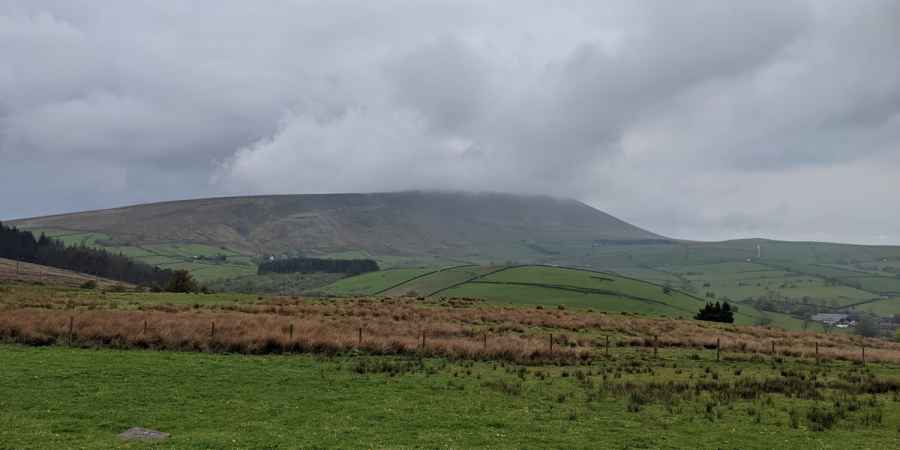
GamesOctober 03, 2022
Pendle Hill Witchcraft & Hauntings Quiz
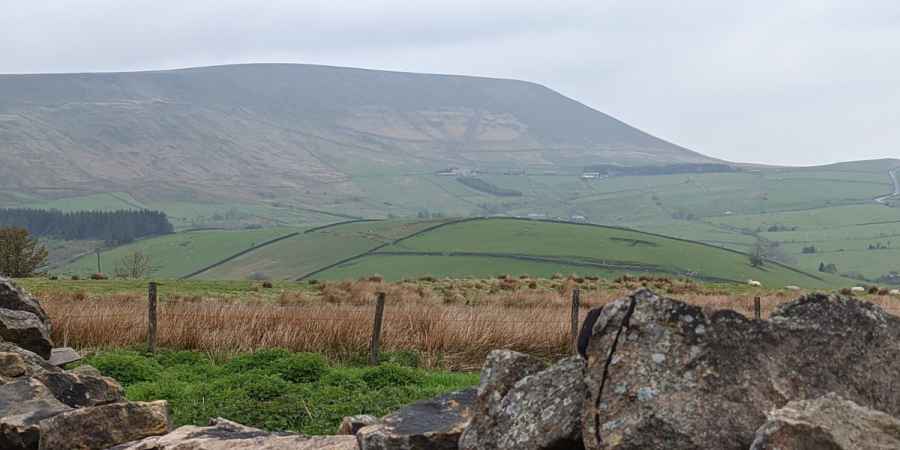
LancashireJune 19, 2022
Follow In The Footsteps Of The Witches On A Day Trip To The Infamous Pendle Hill
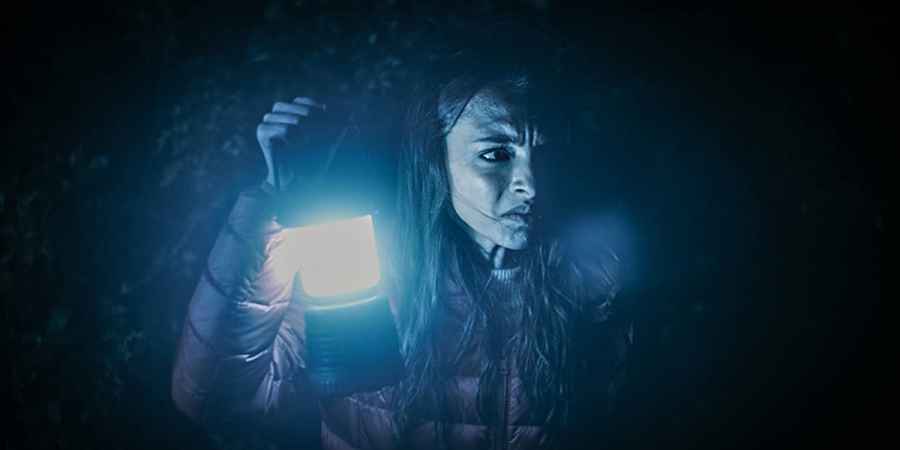
WitchcraftFebruary 15, 2022
'The Haunting Of Pendle Hill' A New Supernatural Thriller Coming In Spring
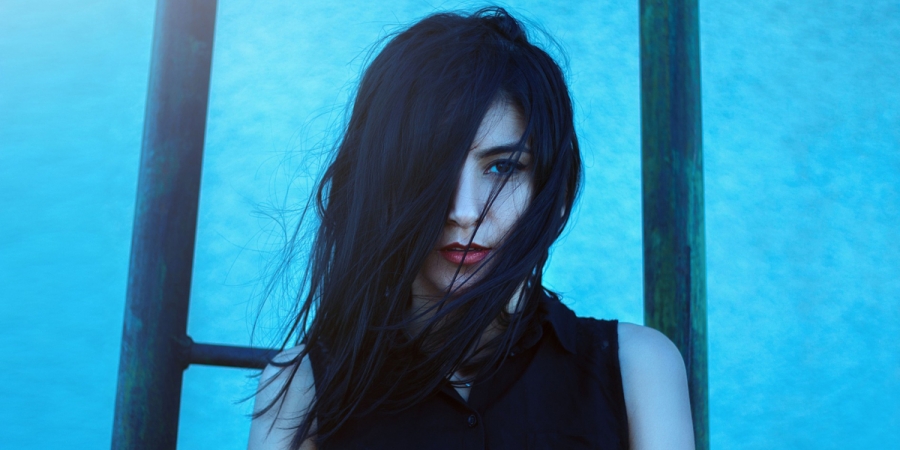
WitchcraftNovember 27, 2021
Support Is Growing For A Petition To Pardon The Pendle Witches 400 Years After Their Execution
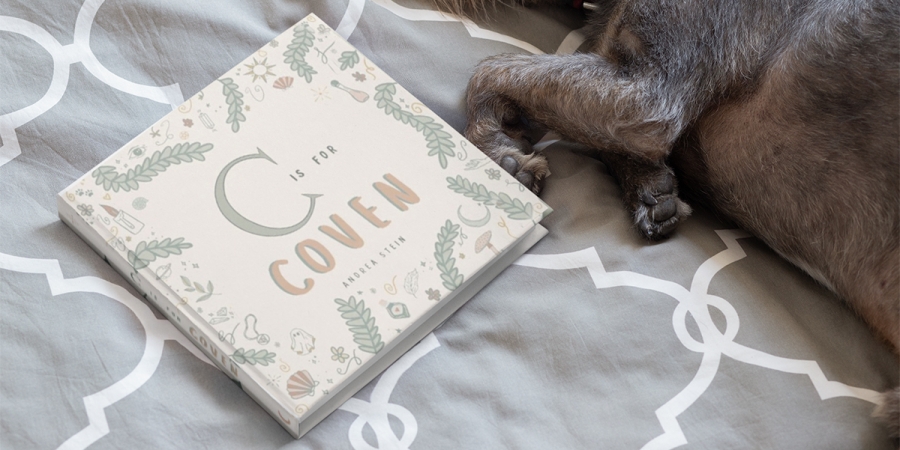
WitchcraftMarch 22, 2021
A Witchcraft Book For Babies That's As Easy As ABC
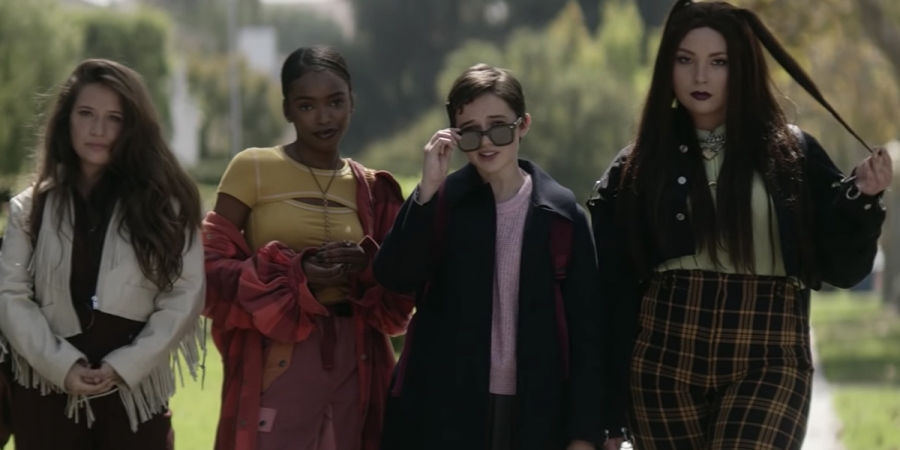
WitchcraftOctober 28, 2020
How To Watch 'The Craft: Legacy' In The UK Today
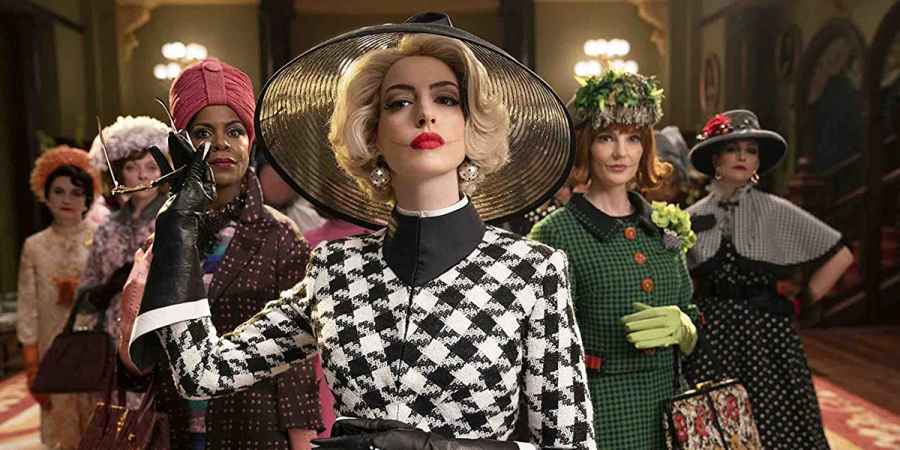
MoviesOctober 27, 2020
'The Witches' A Scary Watch But Perfect For Kids This Halloween
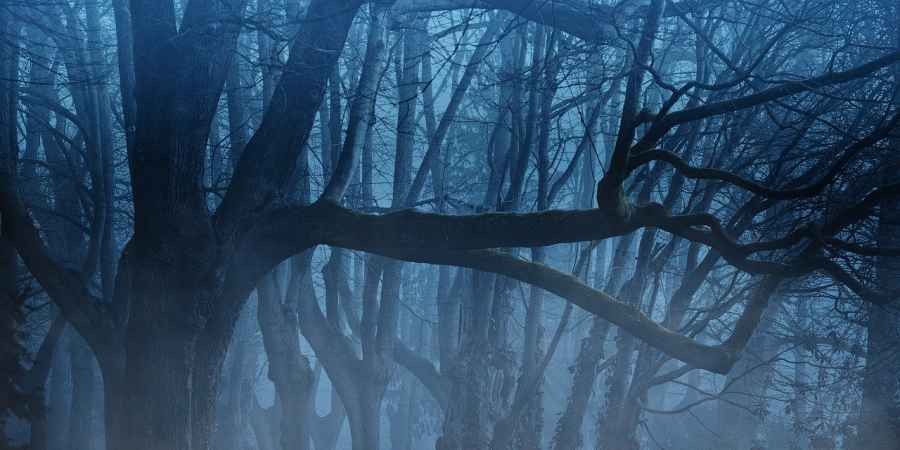
ParanormalOctober 24, 2020
What Time Is The Witching Hour?

WitchcraftOctober 10, 2020
'The Craft' Reboot Coming To Amazon Prime This Halloween

S01E09June 17, 2020
Witchcraft Wednesdays: Q&A & Series Re-Cap

S01E08June 10, 2020
Witchcraft Wednesdays: The Spirit World

S01E07June 03, 2020
Witchcraft Wednesdays: Sleep Spell

S01E06May 27, 2020
Witchcraft Wednesdays: Crystals & Mental Healing

S01E05May 20, 2020
Witchcraft Wednesdays: Positivity In The Workplace Spell

S01E04May 13, 2020
Witchcraft Wednesdays: Love Spells
Page 1 of 2
Further Reading
Dive into the world of the paranormal and unexplained with books by Higgypop creator and writer Steve Higgins.

The Paranormal Encyclopaedia
A comprehensive encyclopaedia of over 200 unexplained topics, from mind reading to Ouija boards.
Buy Now
Hidden, Forbidden & Off-Limits
A journey through Britain's underground spaces, from nuclear bunkers to secret wartime sites.
Buy Now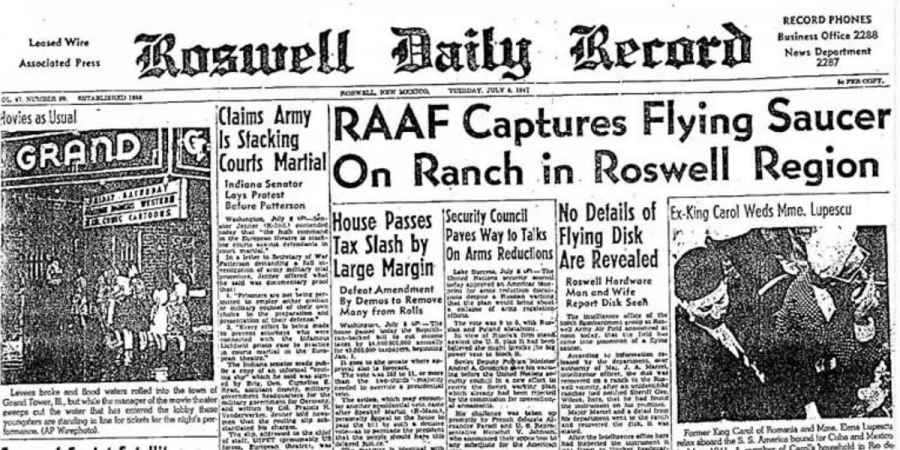
UfosJune 20, 2025
Hangar 18 And Its Link To The Roswell UFO Crash
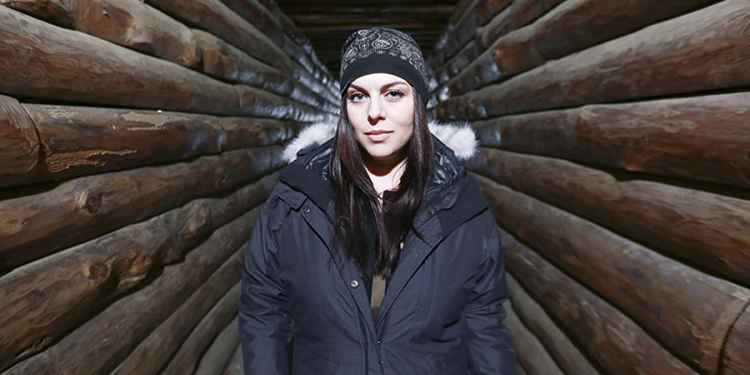
Katrina WeidmanJune 19, 2025
Katrina Weidman Joins The 'Help! My House Is Haunted' Team For New Celebrity Series
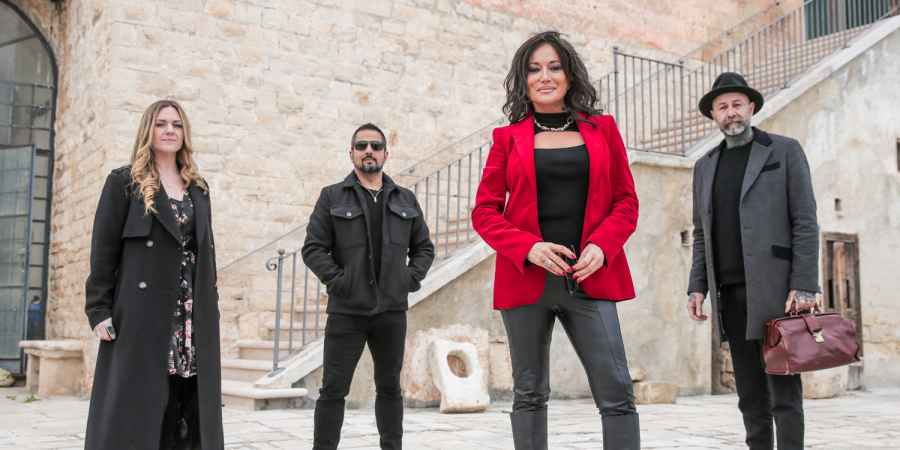
Celebrity Help My House Is HauntedJune 18, 2025
'Celebrity Help! My House Is Haunted' Returns This November With Six New Famous Faces
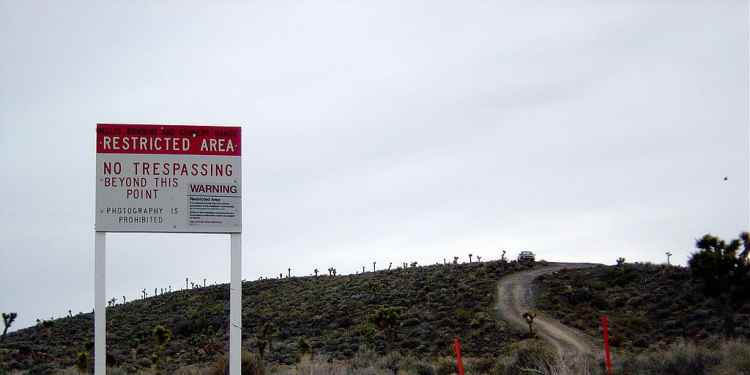
DisclosureJune 14, 2025
George Knapp Says Public Has Been Misled About UFOs For Nearly 80 Years
 See More on Audible
See More on Audible